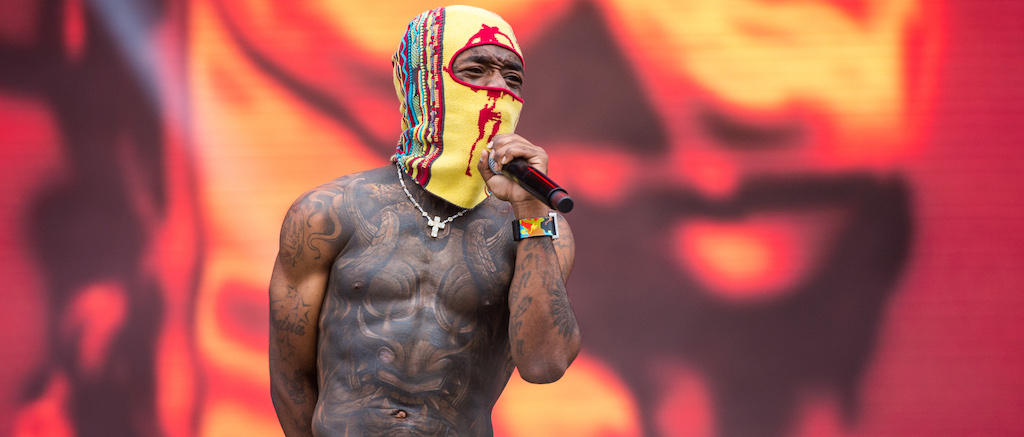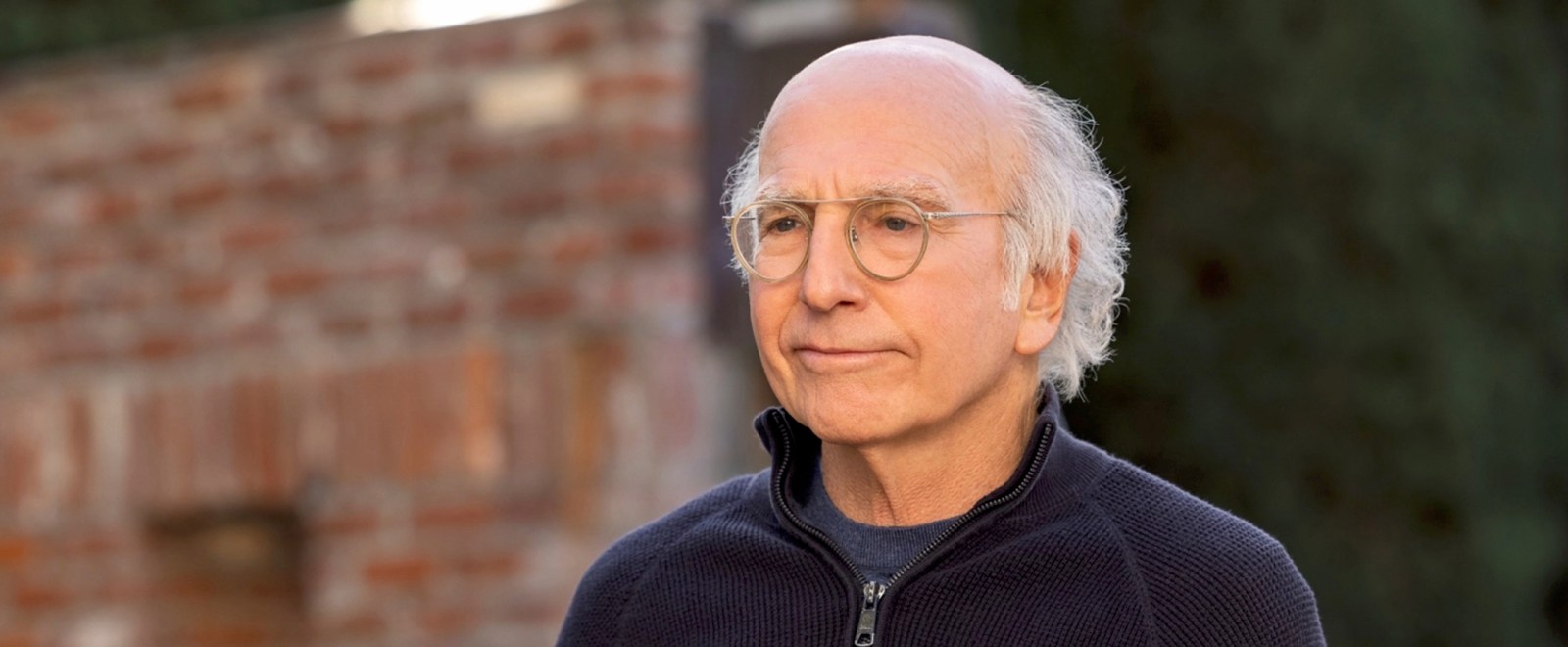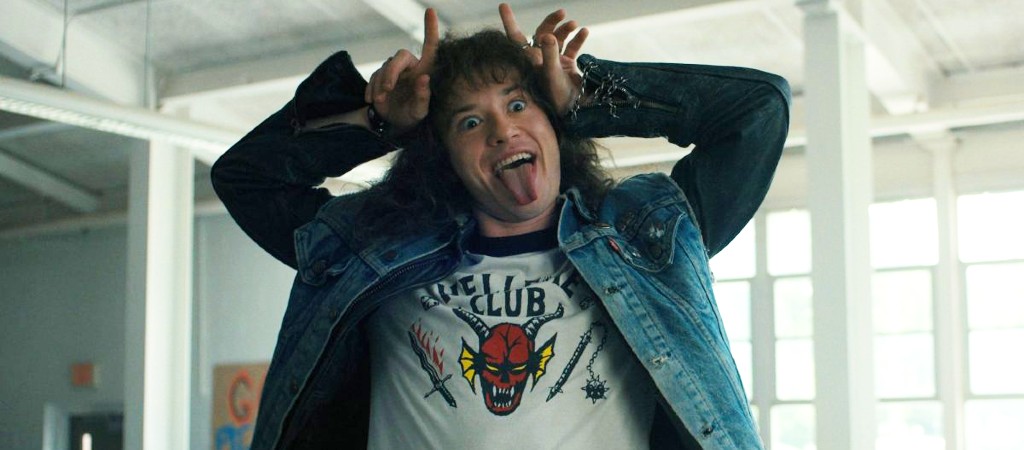Trey Murphy III didn’t concede even a hint of hesitation at a vital moment in the biggest game of his brief NBA career. The ball swung the then-rookie’s way as the New Orleans Pelicans held possession and touted a 98-94 lead over the Los Angeles Clippers in the play-in finale.
A bucket here, with just over two minutes remaining in the fourth, would be a gigantic step towards the Pelicans securing a playoff berth. C.J. McCollum tossed the ball toward Murphy, who was stationed a couple steps beyond the arc, and the 21-year-old readied to fire. After a is-this-shot-gonna-land? bounce on the front rim, the ball rolled in. New Orleans’ lead ballooned to seven.
Minutes later, the Pelicans, dispatched Los Angeles, 105-101, and secured a first-round date with the Phoenix Suns. Murphy played the final 16 minutes of the contest and dropped 14 points on 4-for-7 shooting, including three triples over the last nine minutes.
He conveyed his bravado and credence as a shooter all season long. The fourth-quarter spurt to aid New Orleans’ turnaround from Western Conference cellar to playoff appearance was a culmination of that approach. In 62 regular-season games, he connected on 38.2 percent of his 186 threes. In eight postseason bouts (play-in included), he drilled 44.8 percent of his 29 long balls.
The dude was billed as a prolific shooting prospect pre-draft out of Virginia and Rice, and he delivered in year one with the Pelicans. Contemporaries Herbert Jones and Jose Alvarado headlined New Orleans’ haul from the 2022 Draft. But Murphy is another member who popped in his first season and adds another name to the constantly expanding young core down in the Bayou.
The foundation and majority of Murphy’s offensive allure is that outside shooting prowess. The numbers help discern this concept, and the tape reinforces it. At 6’9, his long-range exploits are a particular premium for a New Orleans club light on shooting in its frontcourt.
Dudes like Zion Williamson, Jonas Valančiūnas, and Larry Nance Jr. are all excellent players in their roles, yet they’re not offering much from deep. Murphy provides a distinct dynamic for the roster’s frontcourt rotation, while also complementing the offensive pillars in Williamson and Brandon Ingram, both of whom prefer to operate inside the arc as initiators and ball-handlers. As the Pelicans established increased stability over the course of the year, Murphy found his footing. That wasn’t a coincidence. His value swells as structure builds, the sign for almost any ancillary option.
He’s a savvy nomad around the perimeter, holsters a quick, fluid release, is unbothered by intrusive contests, and wields range that even Stephen Curry might commend. He doesn’t require much time or space to burn defenses with his jumper. Banking on him emerging as one of the league’s premier off-ball wing marksman feels like a safe bet.
I feel exceptionally confident about Murphy’s current and future standing as a three-point gunner. He’s versatile in deliveries, knows how to help create looks for himself away from the action, and has an extended track record of absolutely ripping the leather off the ball (40.1 percent from deep on 476 collegiate attempts). All of that fits in seamlessly around those who shape the Pelicans’ offensive tenets.
The counter, unfortunately, is everything inside the arc for him at this juncture is fairly concerning. Despite his height, he shot just 41.8 percent on twos last season. League average was 53.3 percent. The crux of that problem is how he approaches decisions and options when coaxed off the arc, as well as his limitations around the basket.
According to Cleaning The Glass, Murphy shot 52 percent at the rim, which ranked in the fifth percentile among all forwards. He’s almost exclusively a two-foot leaper, lacks vertical explosion off one, and doesn’t possess the strength to power through many defenders for finishes. He’ll often leave his feet prematurely, which puts him in precarious spots.
His reps attacking closeouts or off the bounce last season are fairly concerning. Both the process and the results provide worries about the steps forward to alleviate this current shortcoming.
To Murphy’s credit, he seemed more decisive, physical, and effective exploring off the catch during two Summer League appearances, where he averaged 26.5 points on 63.9 percent true shooting. He is fresh off earning a rotation spot on a playoff team, so he should fare considerably well in that setting. But signs of growth in this realm are nonetheless crucial, even if their translation for the fall is hazy at the moment.
If Murphy can achieve strides as a two-point scorer to garner greater playing time, his two-way archetype is rather enticing. Defensively, his standout trait is off-ball awareness as a low man on the interior. He applies his frame and 7’1 wingspan to blot out plays inside and is typically punctual in his rotations.
A lack of perceptive processing or instincts hinder his playmaking (33rd percentile in steal rate, sixth percentile in block rate). Maybe further assimilation to the NBA remedies that; again, he looked more proactive and anticipatory in his short Summer League stint.
Regardless, Murphy consistently showcased a knack for leaving an imprint on plays when the offense ventured toward the hoop. A 4-man who stretches the floor on one end and hinders or prevents paint touches on the other sports broad utility and isn’t abundant across the league.
The most challenging part of Murphy’s game for me to discern after watching him in-depth, both during the NBA season and this summer, is his on-ball defense. There are clips where he moves seamlessly and contains scoring efforts from players of different ilks. There are other clips in which his rigidity as an athlete and poor technique as a lateral mover render him incapable of offering much resistance.
The former seemed to pop up more commonly as the season progressed, so my read is his on-ball defense was an area he enjoyed tangible strides in throughout the year. He’ll leverage his size aptly to alter shots, but is slow covering ground and prone to being neutralized by picks.
Generally, he’s going to be optimized as a low man on the weak-side defensively and isolating him from many perimeter scenarios is preferred. But learning how to slide laterally — he tends to chop his feet when covering ground instead — and improvement to his flexibility could prove highly beneficial. By no means, though, is his on-ball defense untenable, it’s more a roller coaster of film that muddies the final verdict.
New Orleans is assembling a really superb team for at least the next few seasons, especially if Williamson stays healthy. Guys like him, Ingram, McCollum, Valančiūnas, and Jones may shepherd these potential successes. Murphy will be in the background, though, splashing home three after three on kickout deliveries and jetting in to help paper over perimeter breakdowns. Those players may not lead deep playoff runs, but they are critical for any team that wants to make one.






